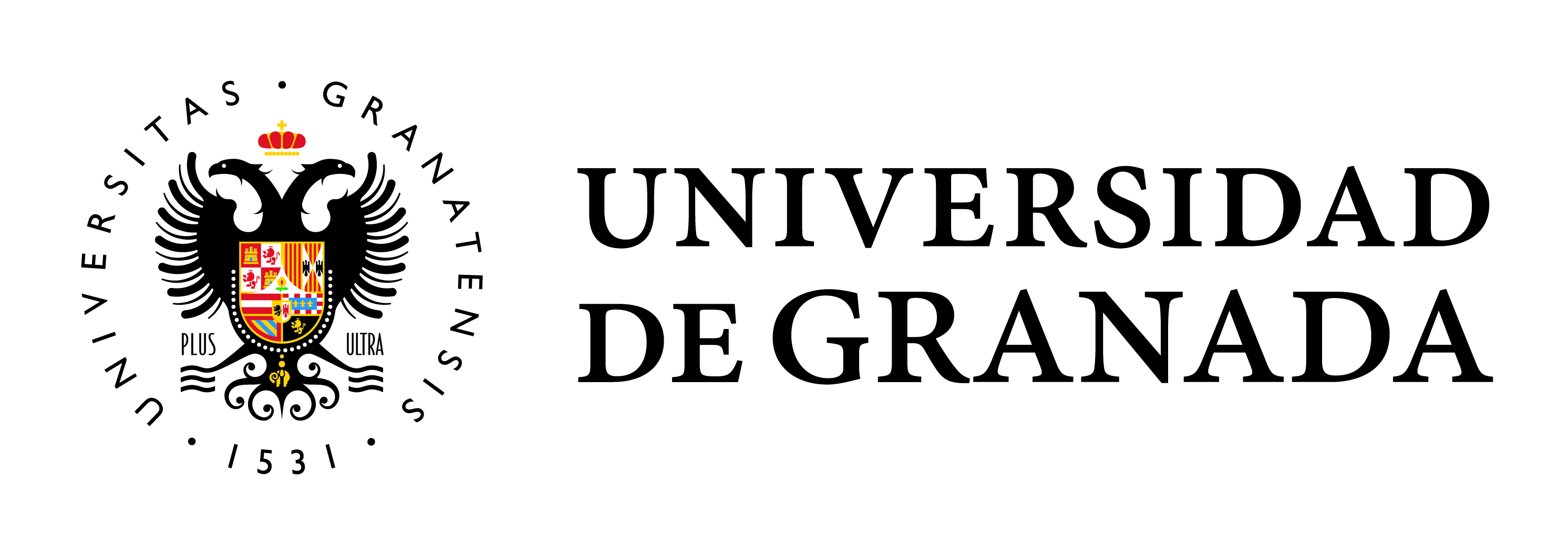GRAPHICAL MARKERS OF TRADITIONAL TERRITORIES IN THE PREHISTORY OF IBERIAN PENINSULA
Main Article Content
Vol. 19 (2009), Monograph, pages 65-100
Submitted: Jan 5, 2013
Published: Jan 5, 2013
Abstract
The close relationship between the position of the graphics and the economic territories of the groups are diachronically tested. The world of the Paleolithic hunters is not only the darkness of the caves, but the mountains, valleys and rivers outdoor, whose symbolic references are engraved and painted on the stones. They are pioneers in the graphic def inition of the places that belong to their daily world. The recurrence in the decoration of the same sites has the f inding with the presence of post-palaeolithic graphics. It presents the major sites as outdoor display of traditional territories, whose boundaries are known for joing the group, and whose use and transit are insured by the symbols of the ancestors.
Keywords:
Graphics, Territory, Tradition, Palaeolithic, Neolithic, Chalcolithic
Downloads
Article Details
How to Cite
Bueno Ramírez, P., & de Balbín Behrmann, R. (2013). GRAPHICAL MARKERS OF TRADITIONAL TERRITORIES IN THE PREHISTORY OF IBERIAN PENINSULA. Cuadernos De Prehistoria Y Arqueología De La Universidad De Granada, 19, 65–100. https://doi.org/10.30827/cpag.v19i0.185



